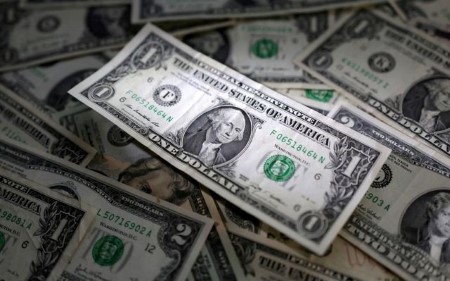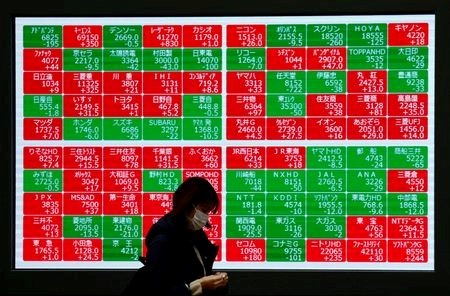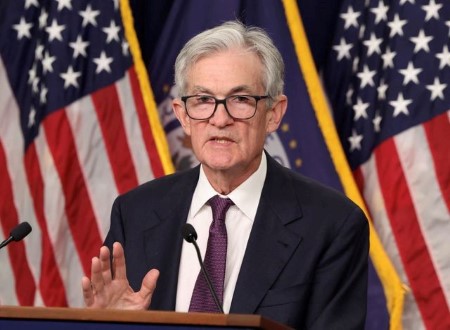NEW YORK – Oil prices settled up by more than USD 1 a barrel on Thursday as investors returned for the first trading day of 2025 with an optimistic eye on China’s economy and fuel demand after a pledge by President Xi Jinping to promote growth.
Swelling gasoline and distillate inventories in the US pressured prices and capped gains.
Brent crude futures settled at USD 75.93 a barrel, up USD 1.29, or 1.7%. US West Texas Intermediate crude settled at USD 73.13 a barrel, up USD 1.41 or 2%.
Xi said in his New Year’s address on Tuesday that China would implement more proactive policies to promote growth in 2025.
China’s factory activity grew more slowly than expected in December, a Caixin/S&P Global survey showed on Thursday, amid concerns about tariffs proposed by US President-elect Donald Trump. Some analysts view weaker Chinese data as positive for oil prices because Beijing could be encouraged to accelerate stimulus.
An official survey released on Tuesday showed China’s manufacturing activity barely grew in December. Services and construction fared better, with the data suggesting policy stimulus is trickling into some sectors.
US oil stocks data from the Energy Information Administration released on Thursday, a day later than normal due to the New Year holiday, showed gasoline and distillate inventories jumped last week.
US gasoline stocks rose by 7.7 million barrels in the week to 231.4 million barrels. Distillate stockpiles, which include diesel and heating oil, increased by 6.4 million barrels in the week to 122.9 million barrels.
“The negative portion of the release was in the large product stock builds,” said Jim Ritterbusch of Ritterbusch and Associates in Florida, which he said were attributable to an unexpected drop in demand.
Crude stockpiles fell less than expected, decreasing by 1.2 million barrels to 415.6 million barrels last week compared with analysts’ expectations in a Reuters poll for a 2.8-million-barrel draw.
Traders kicking off the new year also are probably weighing higher geopolitical risks and Trump’s efforts to run the US economy hot against the expected drag from proposed tariffs, said IG market analyst Tony Sycamore.
“Tomorrow’s US ISM manufacturing release will be key to crude oil’s next move,” Sycamore said.
Sycamore said WTI’s weekly chart is winding itself into a tighter range, suggesting that a big move is coming.
“Rather than trying to predict in which way the break will occur, we would be inclined to wait for the break and then go with it,” he added.
Oil prices are likely to be constrained near USD 70 a barrel in 2025, down for a third year after a 3% decline in 2024, with weak Chinese demand and rising global supplies offsetting OPEC+ efforts to shore up the market, a Reuters poll showed.
In Europe, Russia halted gas pipeline exports through Ukraine on New Year’s Day after the transit agreement expired on Dec. 31. The European Union has arranged alternative supply ahead of the widely expected stoppage while Hungary will keep receiving Russian gas via the TurkStream pipeline under the Black Sea.
(Additional reporting by Anna Hirtenstein, Florence Tan in Singapore, Colleen Howe in Beijing, and Paul Carsten in London; Editing by David Goodman, Frances Kerry, Rod Nickel, Andrea Ricci, and David Gregorio)







 DOWNLOAD
DOWNLOAD










